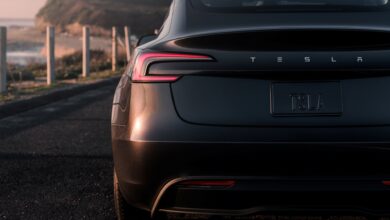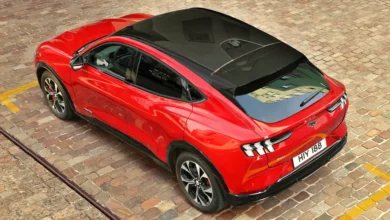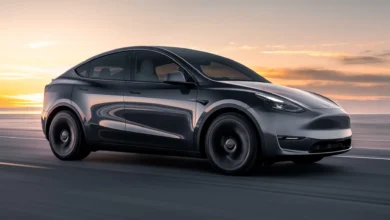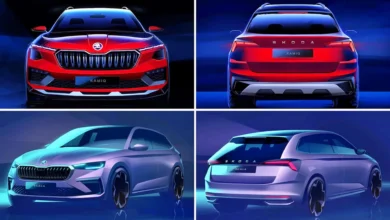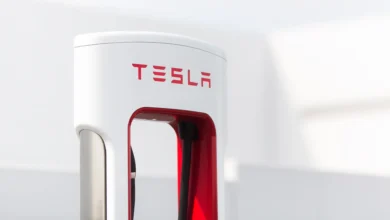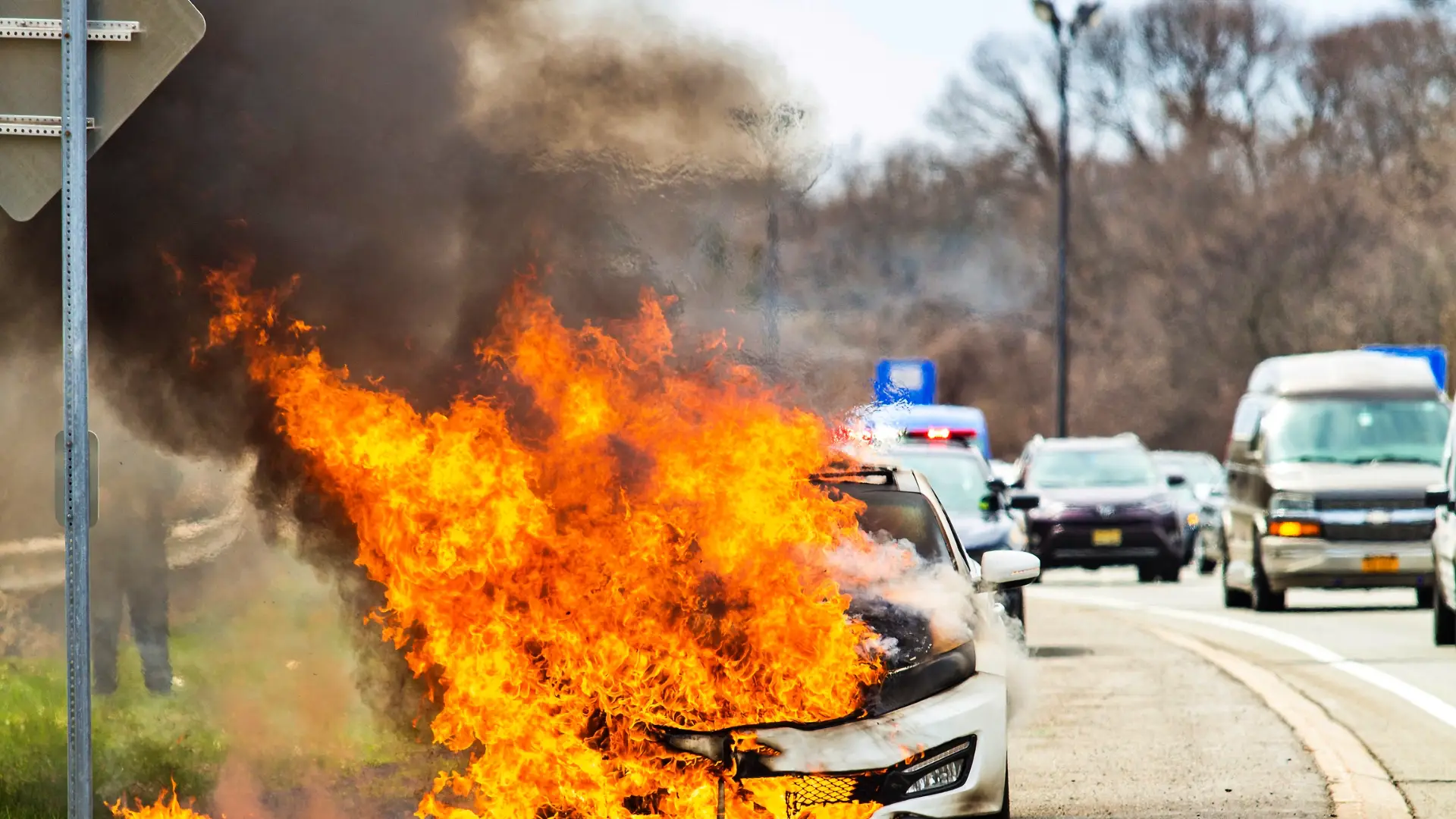
The opponents of electromobility use any means to badmouth electric cars. The topic of fire hazards is particularly popular at the moment – even though the myth of the “fire-hazardous electric car” was debunked years ago.
In 2017, long before the electric car boom, the German Insurance Association (GDV) registered around 40,000 vehicle fires a year. Of these, 15,000 cases were classified as actual fires, with the remainder classified as “scorching damage from short circuits”. Such fires have rarely attracted much media attention in recent decades. It’s nothing out of the ordinary when a car catches fire – just like a house or a garden shed.
Things are different when an electric car catches fire. Within a very short time, the media are full of reports about “flammable electric cars” that “the fire brigade cannot extinguish”. The Whatsapp groups of Diesel fans are starting to glow. It has always been known that this electric mobility heralds the end of mankind. First, the power grid collapses and then the electric cars spontaneously ignite themselves.
Electric cars burn neither more frequently nor faster than petrol or diesel engines
The rumor that electric cars catch fire quickly has been around for many years. During this time, it was statistically refuted several times, but also by the fire brigade and all possible testing agencies. Yet it persists.
For example, Dekra writes on the subject of fire in general: ” High-voltage systems are reliably switched off in the event of an accident. Damage patterns comparable to conventionally powered vehicles. Even if the traction battery is severely deformed, no fire breaks out.”
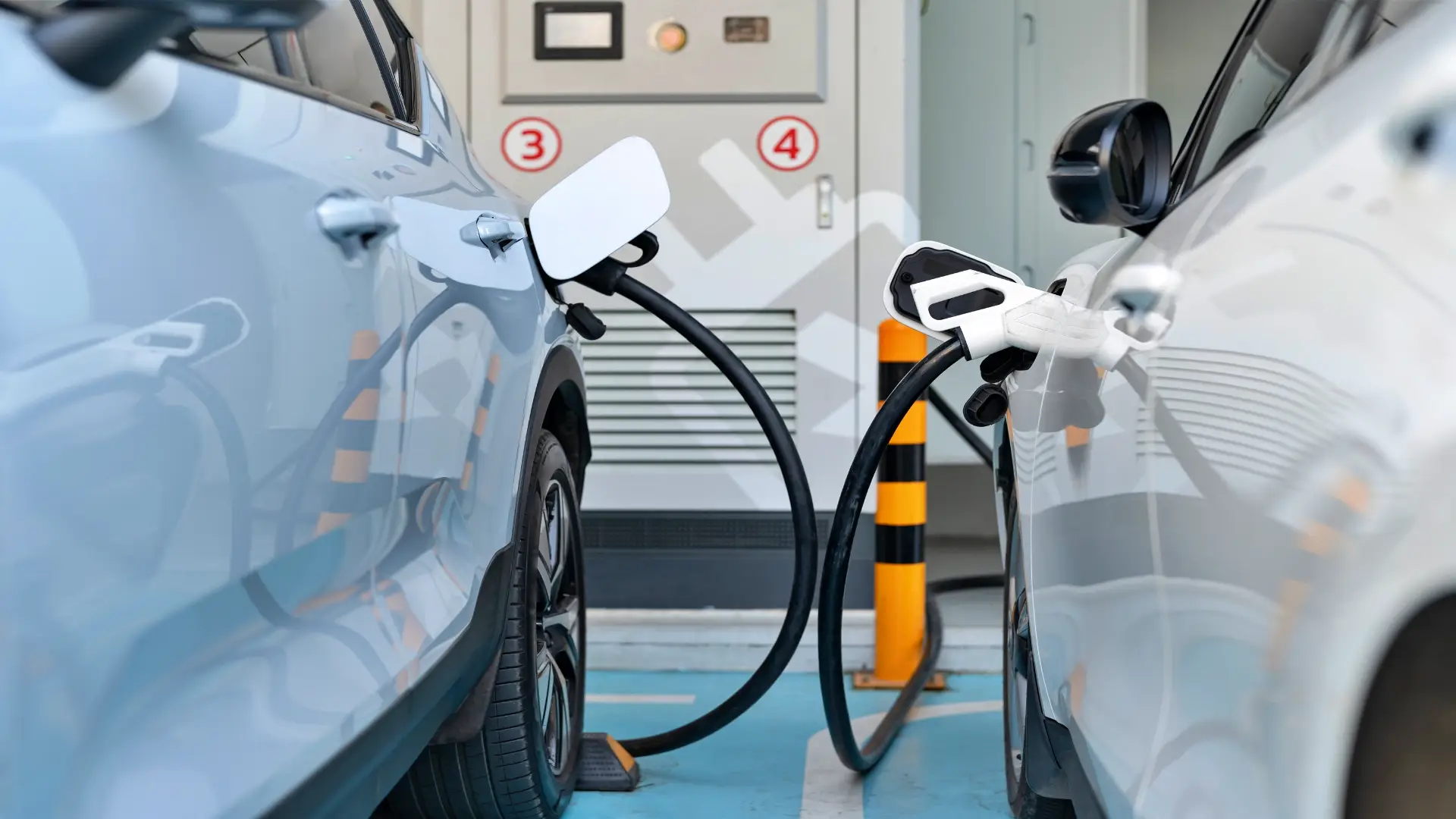
And on the subject of fires in underground car parks in particular: “ Modern electric vehicles are just as safe as any other parked vehicle, even during the charging process. Parking in an underground car park is also not a problem, since the batteries used in modern electric vehicles do not outgas.”
There are now various studies on this subject, all of which show that the fire intensity does not depend on the type of drive, but on the materials used. Modern vehicles have a ‘fire load’ two to three times higher than cars of 30 years ago. But this is solely because nowadays significantly more plastic panels and covers are installed.
It can be said that a burning electric vehicle poses the same risk as a vehicle with a combustion engine.
Electric cars burn differently
The difference between electric cars and classic combustion engines is the way they burn. It is important to know that not every vehicle fire necessarily leads to a battery fire. A reaction only occurs in lithium-ion batteries in the event of severe mechanical damage or prolonged exposure to external heat.
In this case, unlike with incinerators, the fire cannot be extinguished with conventional extinguishing agents, since the battery may continue to burn due to the lack of accessibility. Instead, large amounts of water are needed to cool the battery and disrupt the chemical processes.

However, this does not pose a problem for the fire brigades, as the German Fire Brigade Association first clarified in February: “Based on the current reports in the various media, it seems important to emphasize that electric vehicles can also be extinguished by the fire brigade’s emergency services,” explains Peter Bachmeier, chief fire director and chairman of the technical committee for preventive fire and hazard protection of the German fire brigades. “This can be a bit more difficult than fighting fires in conventionally powered vehicles. But no more complex or dangerous than a fire in a gas-powered car.”
The fire brigade association also makes it clear that “blocking a garage for alternatively powered cars is not advisable from a fire protection point of view”.
Only the removal of burnt-out electric cars still poses a challenge, since the batteries pose a so-called “risk of flashback” after they have been extinguished. But there are already adequate solutions for this, which will soon be standard for towing companies throughout Germany.
